Alaska holds an abundance of opportunity for the big game hunter. It’s a state many hunters dream of hunting at least once in their lifetimes. But where does a person even start? Alaska is such a big state that the logistics of where to hunt and what animal to pursue can be overwhelming. I’m here to help.
An Alaskan caribou hunt is difficult to beat for a first trip. There are plenty of animals, they don’t require a guide or outfitter, and most hunters will leave with a great experience and quite possibly, a notched tag. In this article I will focus on one area of Alaska known as the North Slope. I will discuss the logistics of getting from your home to your hunting location, how to get your animal home, and some costs to consider. I will also touch on the terrain and weather that makes the North Slope unique, and some gear items to consider when hunting the barren-ground caribou that live there.
North Slope Caribou
The North Slope extends from the Arctic Ocean southward to the Brooks Range, and east to the Canadian border. It is approximately 94,000 square miles in size and is home to 65-70% of Alaska’s estimated 760,000 caribou (from a 2011 census). There are a total of 32 caribou herds in Alaska, with four of them located on the North Slope. The four herds found on the North Slope, from east to west, are the Porcupine herd — estimated at 197,000 animals (2013 census), the Central Arctic herd — estimated at 70,000 animals (2013 census), the Teshekpuk herd — estimated at 33,000 animals (2013 census), and, finally, the Western Arctic herd — estimated at 201,000 animals (2016 census). The caribou migrate from the northernmost area of the North Slope starting in July and will make their way through the Brooks Range to their wintering grounds by mid-October. The real opportunity comes by placing yourself along historical travel routes as the animals make their migration south. There is opportunity to see wolves and grizzly bears on your hunt as they, too, follow the herds looking for an opportunity on a stray or injured caribou along the migration.
Getting There
Most out-of-state hunters begin their journey to Alaska by flying on Alaska Airlines into Fairbanks. There are numerous flights from most major airports and their service is top notch. Once in Fairbanks, there are many hotels in which to get situated for a day or two before heading north on your hunt. There are several sporting goods stores in Fairbanks from Sportsman’s Warehouse, Walmart, and Fred Meyers, to local shops like Frontier Outfitters and Big Ray’s. You can purchase any last minute items as well as your hunting license and tags. Alaska Fish and Game has an office conveniently located in Fairbanks to answer questions or sell licenses and tags. If you need to confirm your rifle’s zero before heading out on your hunt, there is a 300-yard rifle range called South Cushman Range open from 8 am to 10 pm, and it is free. Just bring your own targets and hearing protection as it is not staffed by employees or volunteers.
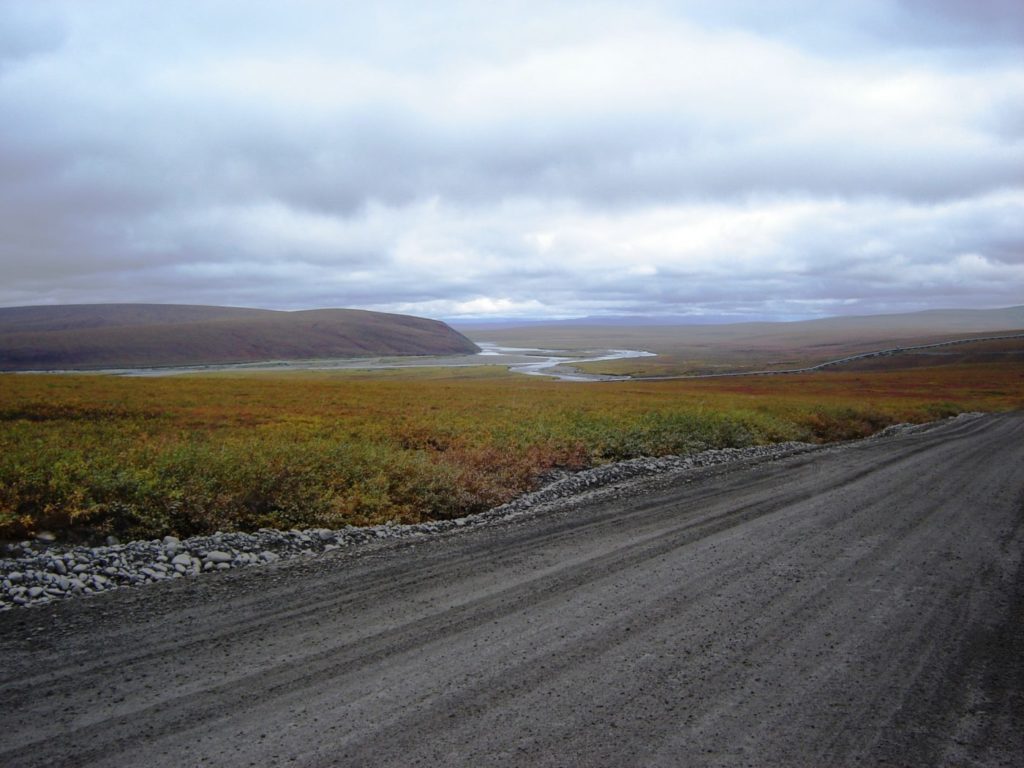
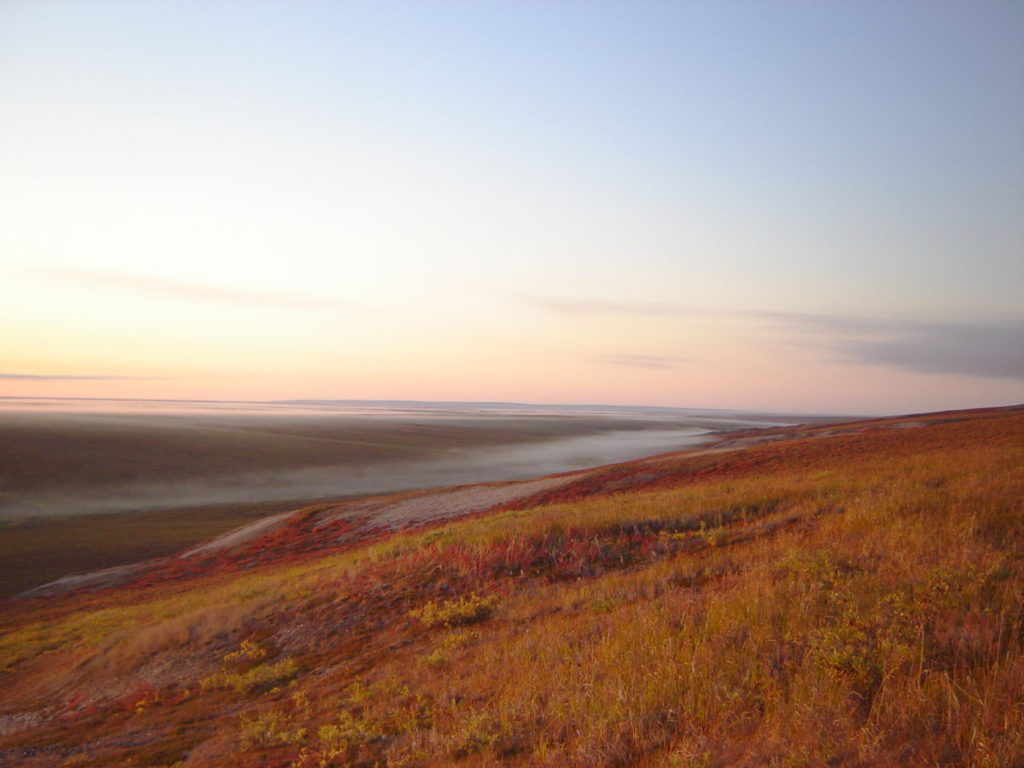
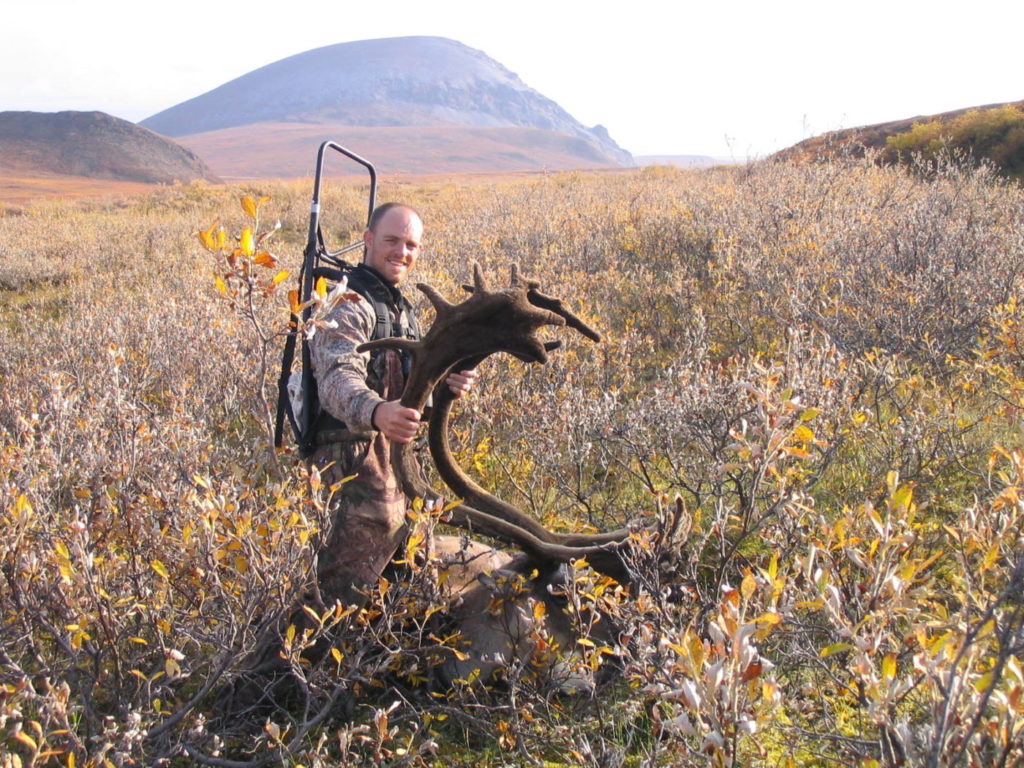
Fairbanks Satellite Phone Rental: www.fairbankssatphone.com
The most popular air taxi service from Fairbanks servicing the North Slope is Wright Air Service. This is a great option because you get to fly directly to and from Fairbanks. The other options out there for getting flown onto the North Slope all entail flying into a village or small community by commercial air, or driving up the Haul Road, and then meeting up with a charter air taxi service to be flown out to your hunting location. Here are a few charter services and where they operate:
Brooks Range Aviation in Bettles, AK
Seventy North in Deadhorse, AK or Happy Valley (Next to the Haul Road)
Yukon Air in Fort Yukon, AK
Northern Air Trophy in Kotzebue, AK
Arrowhead Outfitters – Galbraith Lake, MP 366.5 off Dalton Highway (Must drive up the Haul Road and meet airplane)
North Slope Considerations
The terrain on the North Slope consists of flat and rolling hills of tundra, tussocks, and muskeg, with numerous lakes, rivers, creeks, and streams scattered throughout. Walking on tundra can prove to be difficult and taxing to the body. Walking one mile through the tundra is like walking three miles on hard ground. Hunters must be smart about how far they get from camp when going after caribou. Most hunters will stay within 1 – 2 miles of camp and many will hunt much closer. The terrain is very open on the North Slope, which gives hunters an advantage of seeing the caribou from miles away. Getting into position and predicting where they will pass is most effective when there are choke points along the travel route. When caribou are in the wide open, it is difficult to predict where they will pass, as they seem to wander more than travel in a single direction. Look in creek bottoms for places where caribou will bed down. They seem to like getting into areas with a little bit of cover and water. This is a perfect opportunity for archery hunters to spot and stalk, but be prepared for many shot opportunities beyond 50 yards with archery equipment. The lack of cover forces a hunter to utilize the terrain for stalking. Using the low ground, creek bottoms, and ditches will confer an advantage in getting within shooting range of a caribou whether hunting with archery equipment or modern rifle.
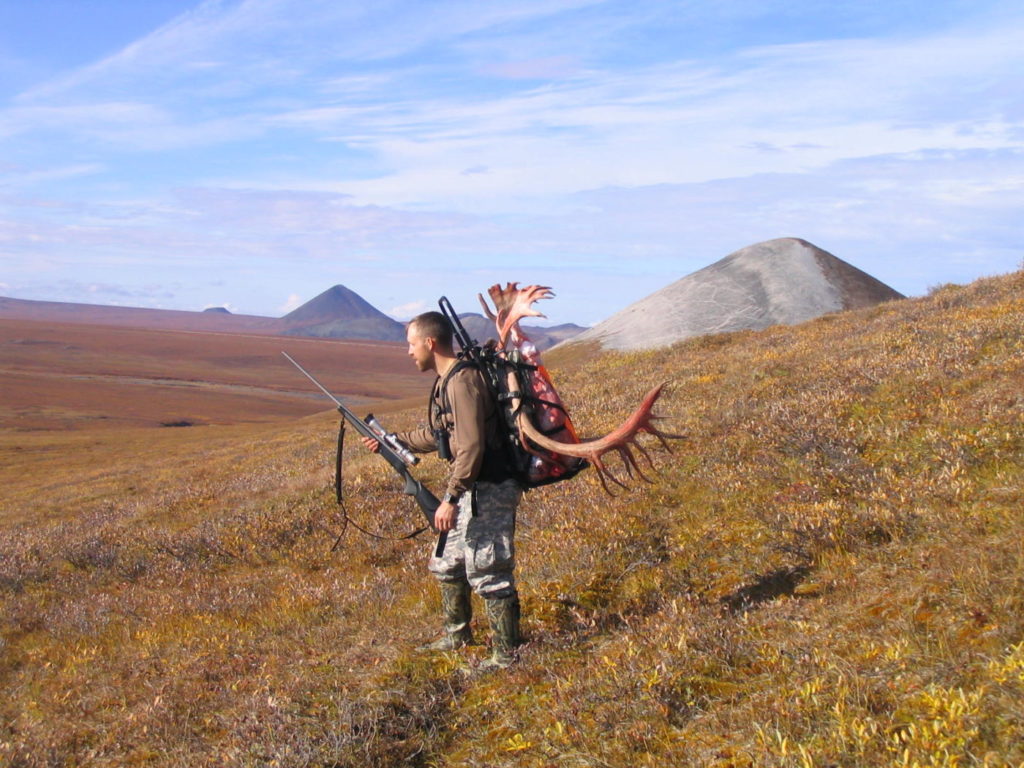
Getting Home
Getting your meat and trophy home is the goal of every hunter and doing so if done right, will cost very little and be as smooth as checking a piece of luggage. Meat can be checked as luggage on Alaska Airlines as long as it is in a leak-proof container and frozen. Many hotels offer freezer space while you are staying there; make sure to ask about it when you make your reservations. Once frozen, you can purchase fish boxes at Fred Meyer or Walmart that hold 50 pounds of meat each. They are lined with Styrofoam and are made from plastic to keep anything from leaking. Another method is to purchase Rubbermaid containers, line them with heavy duty garbage bags or contractor bags, and fill them with frozen meat up to 50lbs. I also recommend drilling holes in the handles, zip-tying the lids closed, and taping a few extras on the lid in case TSA has to cut the ties to peek inside. The last method would be to purchase coolers, but that will cost extra and coolers weigh a bit more. I have used the above methods and my meat was still frozen upon getting home to Arizona. If you want to save a little on checked baggage fees, ship all of the clothing and gear home you can. It may be cheaper than checking it on the airline, depending on fee structure.
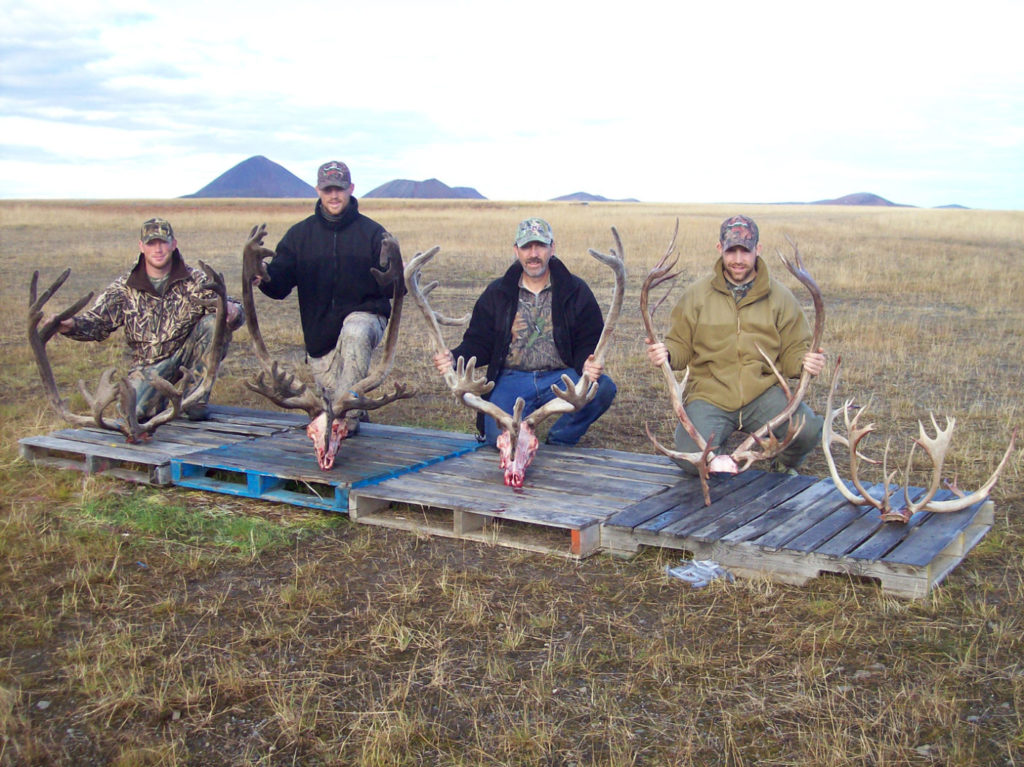
The abundant beauty and wildlife found on the North Slope will no doubt leave you with a fantastic experience and a lifetime of memories. It can afford a fun and social hunt with friends and family and a great way to experience Alaska. With all of the opportunity, affordability, and animals on the North Slope, it is without a doubt one of the most prime locations to hunt caribou in North America.
About the Author
Ryan Clairmont is an avid outdoorsman who has spent the last 17 years serving his country. He served nearly 11 years as a commissioned officer in the U.S. Army where he became a Physician Assistant. He currently serves on active duty in the U.S. Public Health Services Commissioned Corps working for Indian Health Services and resides in Tucson, AZ with his wife Kristy and two daughters Madison and Taylor. He is the Operations Officer for Train to Hunt, a fitness company dedicated to getting hunters physically and mentally ready for their hunting adventures and a nationwide archery fitness competition called the Train to Hunt Challenge.


